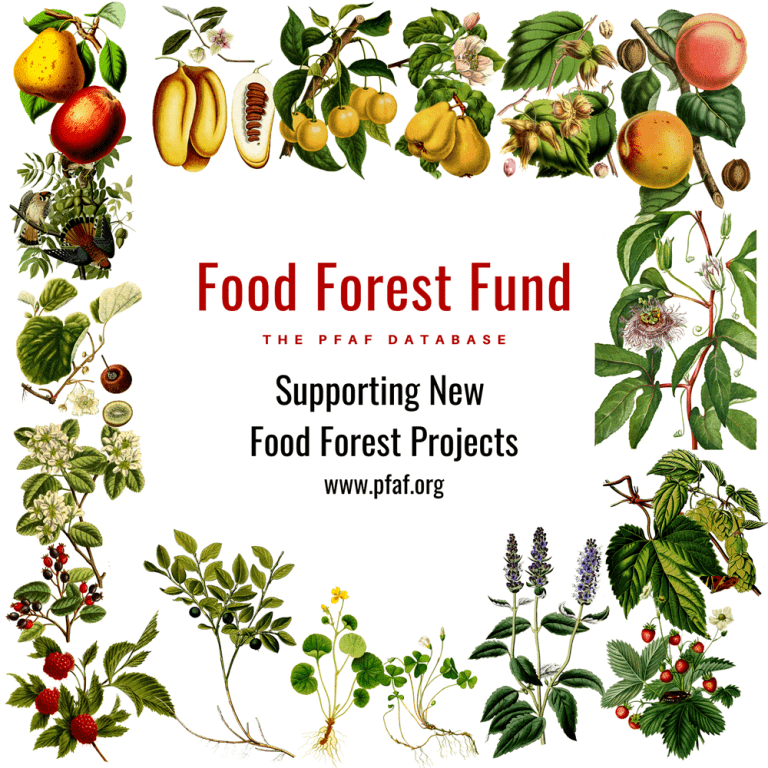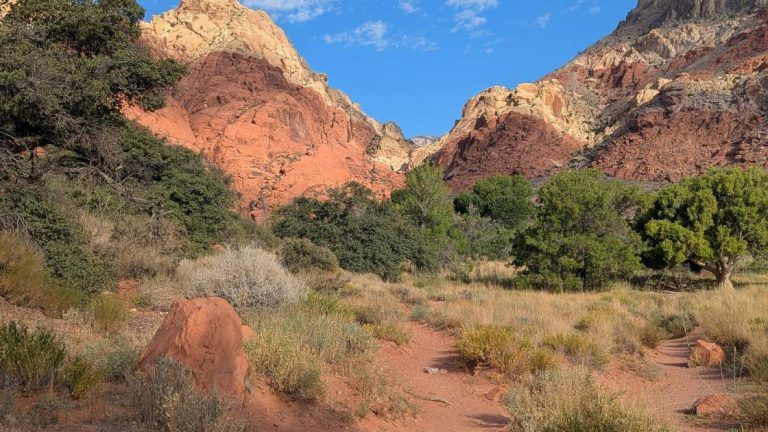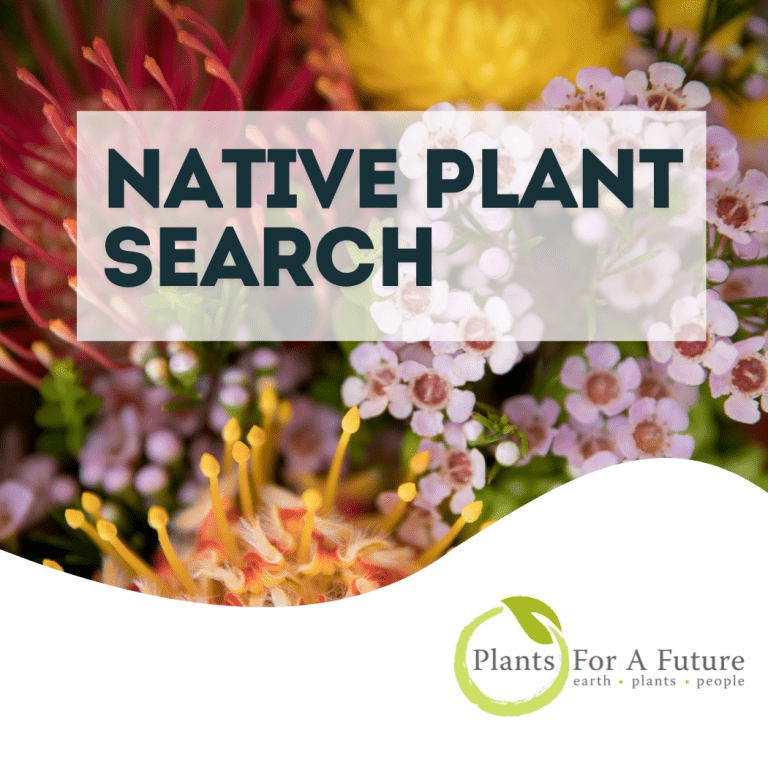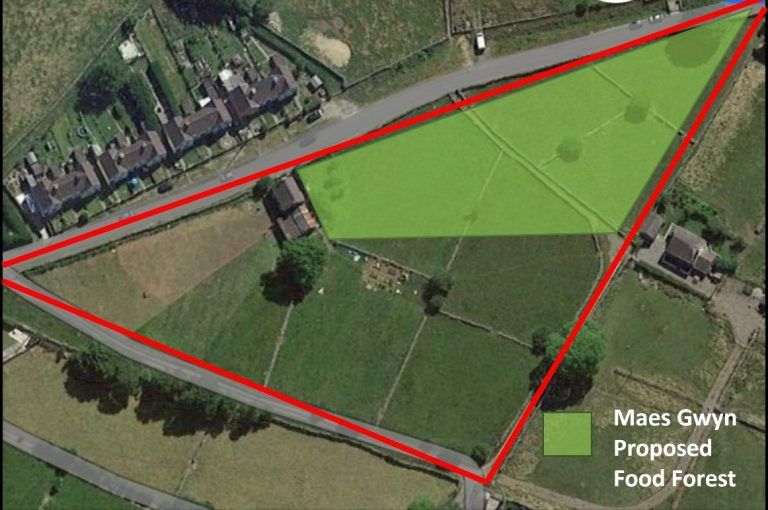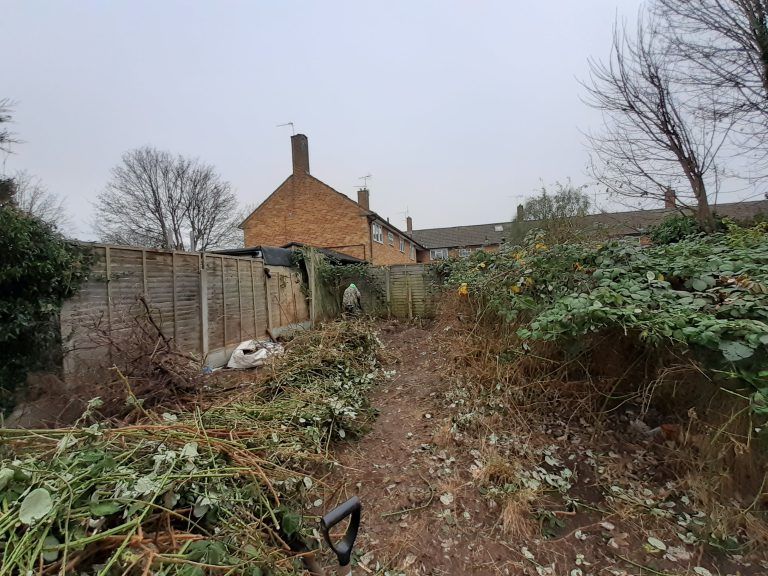In January 2022, we (PFAF) announced our Food Forest Fund (FFF), which we have made available to award grants to help new food forest projects get started. In recent years PFAF has been focused on extending our free information database to include plants suitable for forest gardens and carbon farming, and adding new relevant search parameters. We feel that small scale food forests and complementary locally-based enterprises could be an important element in starting to bring about the widespread changes in lifestyle now urgently needed to confront the global ecological crisis.
In February we announced that we had made our first FFF grant to Joao Ferro, who lives in the village of Bialowieza in eastern Poland, which is inside the famous biosphere reserve with the same name, close to the Belarus border. Joao had already started on his project by planting trees and shrubs along one boundary as the first stage of creating a food forest and diverse ecosystem on what had been degraded farmland. Using the PFAF plants database as a primary source, he had drawn up a plan for his site including lists of trees, bushes, shrubs, vines and useful annuals suitable for the conditions in eastern Poland.
Three months later Spring has replaced the winter frosts and snow, and he has been able to embark on the preparatory groundwork necessary to enable the next phase of planting. His first purchases using the FFF grant have included tara vine, black chokeberry, Japanese dogwood, scarlet hawthorn, medlar, sweet gum, white and black mulberry, and bitter orange. Discussing his choice of plants Joao explains ‘one of my criteria is the capacity of the species to resist long and cold winters. I choose species according to the proven hardiness zone of the plant, my own visual identification in the region and details I learn from books or from the internet. The soil by itself is not a problem at all, it’s deep and with a nice mix of clay and sand with organic matter. Slightly acidic, with good drainage capacity but also with a bit of water retention ability. So it’s a very good soil.’
Although we do not require it, Joao reports back in detail on what he is spending the grant on. As a result it is apparent how relatively inexpensive plants, including young trees, are in Poland, particularly compared to the UK – based on currency conversion I estimate that they are around one third of the price. So the small grant we have provided will go a lot further than we might have thought.
We would like to hear from other pioneer food foresters who might qualify for grants from the PFAF Food Forest Fund. For further information on the background of the fund and relevant criteria, see ‘About the PFAF Food Forest Fund’ (https://pfaf.org/user/cmspage.aspx?pageid=366 )

